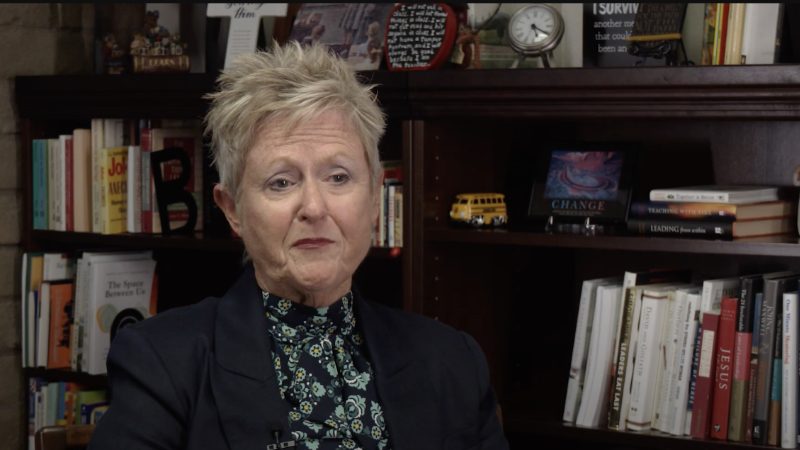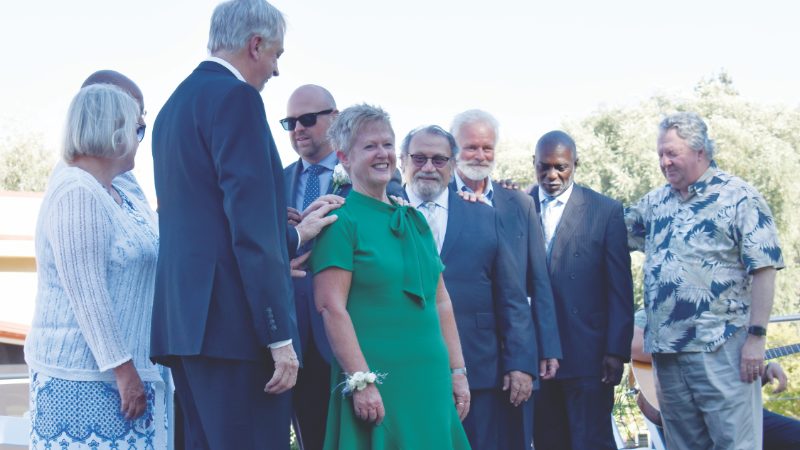Ready to make a change for 2025? Here’s a secret: Ambivalence is a normal part of the change process.
Ambivalence is the “state of having mixed feelings or contradictory ideas about something.”1 When we struggle with a behavior, we may want to change; we may think about changing; we may promise to change. Then we find ourselves in the same behavior at the end of the day.
Change is not a linear process. It is often a messy, zigzagging ordeal. However, there are distinct stages, behaviors, and activities that mark change, such as:
Precontemplation: We have no idea we have a problem. Our behavior has not caused us to consider the need for change.
Contemplation: We are beginning to think a behavior might be problematic. People in our lives mention the behavior to us, but we are not ready to do anything about it.
Preparation: We conduct research to see what resources are available, and we explore budgeting options.
Action: In the case of the gym, for example, we’re signed up and going. Maybe we’ve even researched personal trainers.
Maintenance: We finally hit our stride and the new behavior feels like second nature. This is when new habits become integrated into our being.
It takes at least three weeks to create a new habit, but it takes much longer for new patterns to become ingrained. We are constantly wiring our brains with the thoughts we think, the music we listen to, the route we drive to work, the news we watch. When we create positive change, we re-wire our brains.
This process is like walking on a path in nature. Bad habits are a path we’ve taken for so long we don’t even think about it. The habit has become an automatic process, and we find ourselves in the same spot, with the same reaction or the same behavior, over and over. We wonder how we got here again.
Creating healthy behaviors means forging a new path. At first, we have to break branches and hack away debris as we trudge along. As time goes by, the new path becomes more open. It begins to feel familiar and more comfortable. The sun breaks through, and after a while the new behavior becomes automatic as well.
Occasionally we are reminded of the previous path as we pass opportunities to slide back into old behavior, but that old path no longer feels comfortable. It has become overgrown from lack of use. The new path is now second nature. We have learned to achieve and maintain long-term positive growth.
If you fall off the New Year’s resolution path, don’t worry. Ambivalence is a normal part of the process. Recommit to starting over. Tell yourself: The opposite of success is not failure; failure is a steppingstone that leads us to achieving our goals. Where there is no failure, it means we’ve simply quit trying.
____________________
By Hailey Blair
1 Oxford Languages dictionary on Google.
¡Año nuevo, un nuevo tú!
Listo para hacer un cambio en 2025? He aquí un secreto: la ambivalencia es una parte normal del proceso de cambio.
La ambivalencia es el «estado de tener sentimientos encontrados o ideas contradictorias sobre algo». Cuando luchamos con un comportamiento, es posible que queramos cambiar; podemos pensar en cambiar; podemos prometer que cambiaremos. Pero nos encontramos en el mismo comportamiento al final de cada día.
El cambio no es un proceso lineal. A menudo es una prueba desordenada y zigzagueante. Sin embargo, hay distintas etapas, comportamientos y actividades que marcan el cambio, tales como:
Precontemplación: No tenemos ni idea de que tenemos un problema. Nuestro comportamiento no nos ha hecho considerar la necesidad de un cambio.
Contemplación: Estamos empezando a pensar que un comportamiento puede ser problemático. Las personas en nuestras vidas nos mencionan el comportamiento, pero no estamos listos para hacer nada al respecto.
Preparación: Llevamos a cabo investigaciones para ver qué recursos están disponibles y exploramos opciones de presupuesto.
Acción: En el caso de ir a un gimnasio, por ejemplo, estamos apuntados y vamos. Tal vez incluso hemos investigado sobre entrenadores personales.
Mantenimiento: Finalmente nos ponemos en marcha y el nuevo comportamiento se siente como una segunda naturaleza. Es entonces cuando los nuevos hábitos se integran en nuestro ser.
Se necesitan al menos tres semanas para crear un nuevo hábito, pero se necesita mucho más tiempo para que los nuevos patrones se arraiguen. Constantemente estamos conectando nuestro cerebro con aquello en lo que pensamos, la música que escuchamos, la ruta que conducimos al trabajo, las noticias que vemos. Cuando creamos un cambio positivo, reconectamos nuestros cerebros.
Ese proceso es como caminar por un sendero en la naturaleza. Los malos hábitos son un sendero que hemos tomado durante tanto tiempo que ni siquiera pensamos en ello. El hábito se ha convertido en un proceso automático y nos encontramos en el mismo lugar, con la misma reacción o el mismo comportamiento, una y otra vez. Nos preguntamos cómo hemos llegado hasta aquí de nuevo.
Crear comportamientos saludables significa forjar un nuevo derrotero. Al principio, tenemos que quebrar ramas y cortar los escombros a medida que avanzamos. A medida que pasa el tiempo, el nuevo sendero se vuelve más claro. Empieza a sernos familiar y más cómodo. El sol se abre paso y, después de un tiempo, el nuevo comportamiento también se vuelve automático.
De vez en cuando se nos recuerda el camino anterior a medida que pasamos oportunidades para volver a caer en el viejo comportamiento, pero ese viejo camino ya no se siente cómodo. Se ha cubierto de maleza por falta de uso. El nuevo sendero es ahora una segunda naturaleza. Hemos aprendido a lograr y mantener un crecimiento positivo a largo plazo.
Si te caes del camino de los propósitos de Año Nuevo, no te preocupes. La ambivalencia es una parte normal del proceso. Comprométete a empezar de nuevo. Díte a tí mismo: lo opuesto al éxito no es el fracaso; el fracaso es un trampolín que nos lleva a alcanzar nuestros objetivos. Donde no hay ub=n fracaso, significa que simplemente hemos dejado de intentarlo.
____________________
Por Hailey Blair






